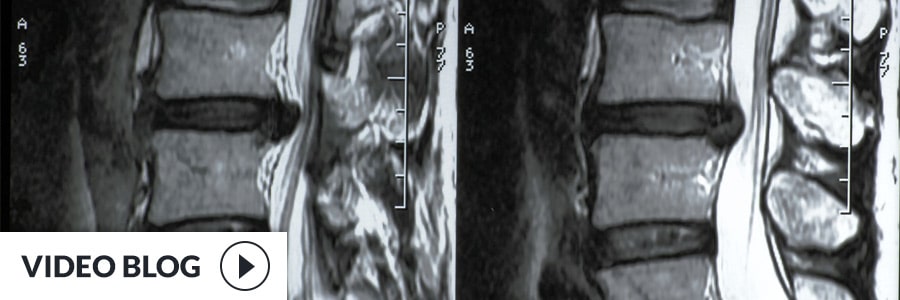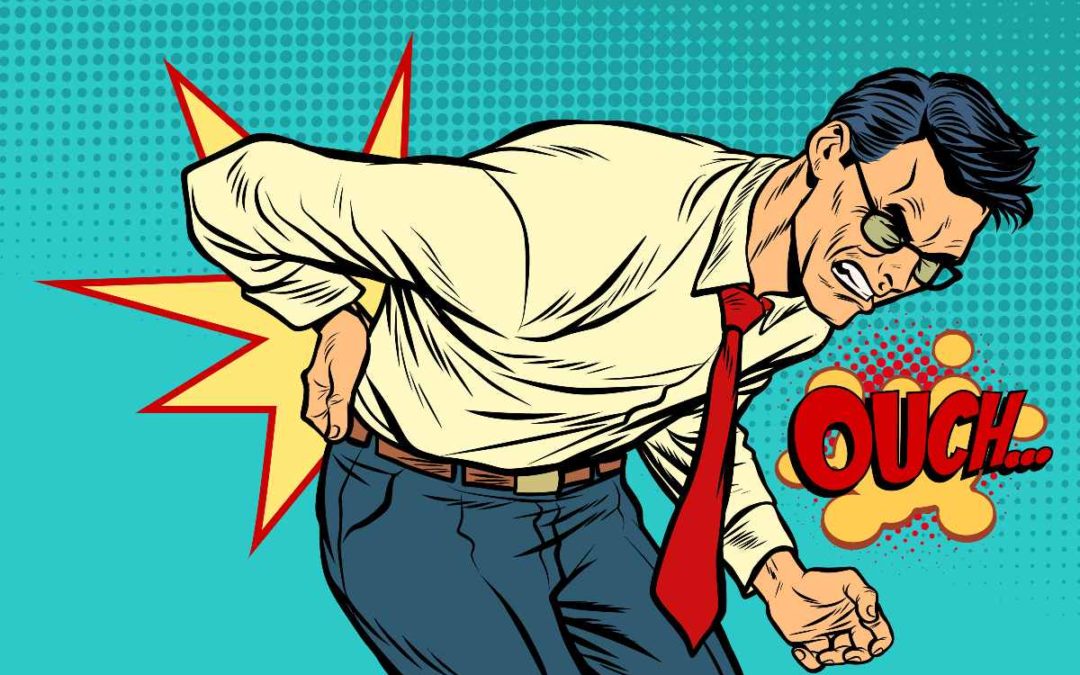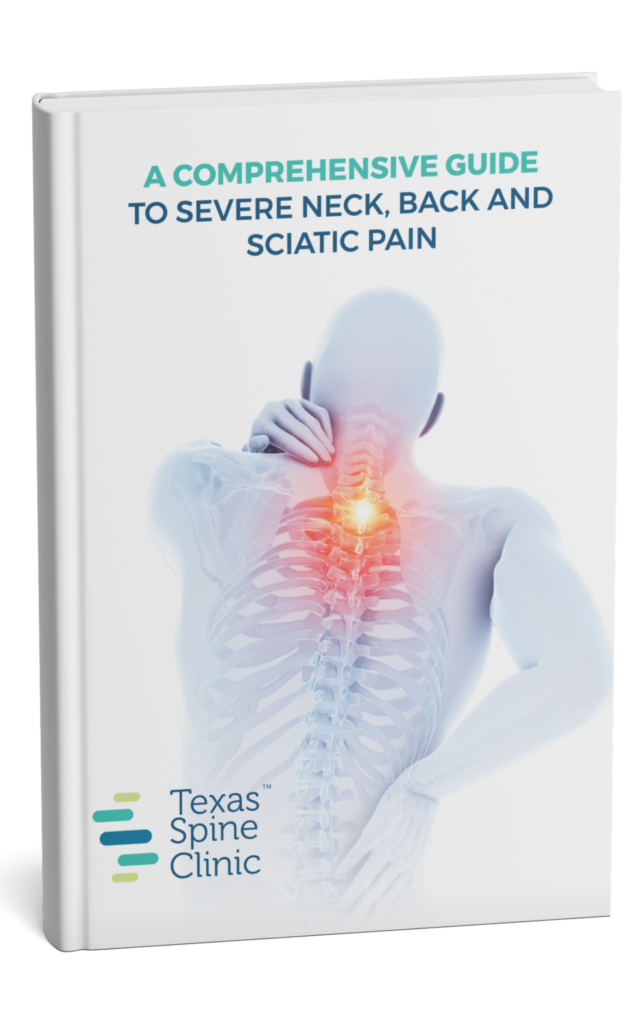Video Transcription: Sciatica is a condition that affects the sciatic nerve, which is the longest nerve in our body. The sciatic nerve is developed from three separate nerve root levels in your spine and bundled together, exit through the buttock and then down the leg. There are different branches of the sciatic nerve. Depending on what branch is affected or pinched, will affect different parts of your leg. It can change your symptoms.
There are different causes of sciatica. The most common of which that we see, is typically compression of the nerve root in your back, usually the L4 or the L5 or the S1 nerve root is usually caused due to a bulging disc, or a herniated disc. It can be caused from spinal stenosis, which is narrowing of the spinal canal. It can be caused from synovial cysts in the spine that arise due to arthritic change. It can also be caused from space occupying lesions like tumors, which are much more rarely seen.
Sciatica, when it flares up again, depending on the severity, it’s going to dictate how long a patient may experience symptoms. Many patients improve with sciatic symptoms in a week to two weeks without any treatment at all. If sciatic symptoms persist and they’re severe enough to especially cause numbness, tingling, severe burning down the leg, and especially weakness, you need to be seen immediately by your physician. Or certainly potentially even the emergency room, depending on how bad the symptoms are. The most severe symptom a patient can experience when having sciatic-like symptoms is numbness around the saddle area, which is around the waistline area, and or loss of bowel or bladder control, which is a medical emergency.
Most patients that we see are not quite that severe, but we do see that from time to time. But the general symptom is pain down the leg, or pain in the buttock region. That’s typically treated initially, conservatively, with therapy. If we have significant enough symptoms such as weakness, or numbness and tingling, we’ll generally get an MRI of the patient’s spine, and then determine from that what is causing the compression of the sciatic nerve, or the nerve root. And then determine what treatment option would be best. Oftentimes, when we do see bulging or herniated discs, the spinal decompression therapy is our treatment of choice. Because again, it does repair the disc, it helps the disc strengthen and get better for long-term, and we’re not just trying to medicate you or cover up the symptom short-term. So we’re trying to provide patients with a long-term treatment solution.




